Make it repairable
2024
For my Master’s thesis, we developed a novel, user-centric framework that bridges the gap between user insights and organizational actions that enable repairability. By mapping user needs and organizational solutions throughout a user journey and integrating technical, service, and managerial solutions, the framework empowers design teams to make strategic, sustainable decisions, ultimately driving green innovation through user-driven repairability.
Product
Framework & physical toolkit
My role
Co-project & design lead
Contributions
Academic research and writing, QUANT/QUAL research methods, stakeholder management, market segmentation and personas, framework design, toolkit design.
Duration
5 months
Contributors
Lovisa Persson, Ella F. Söderlund
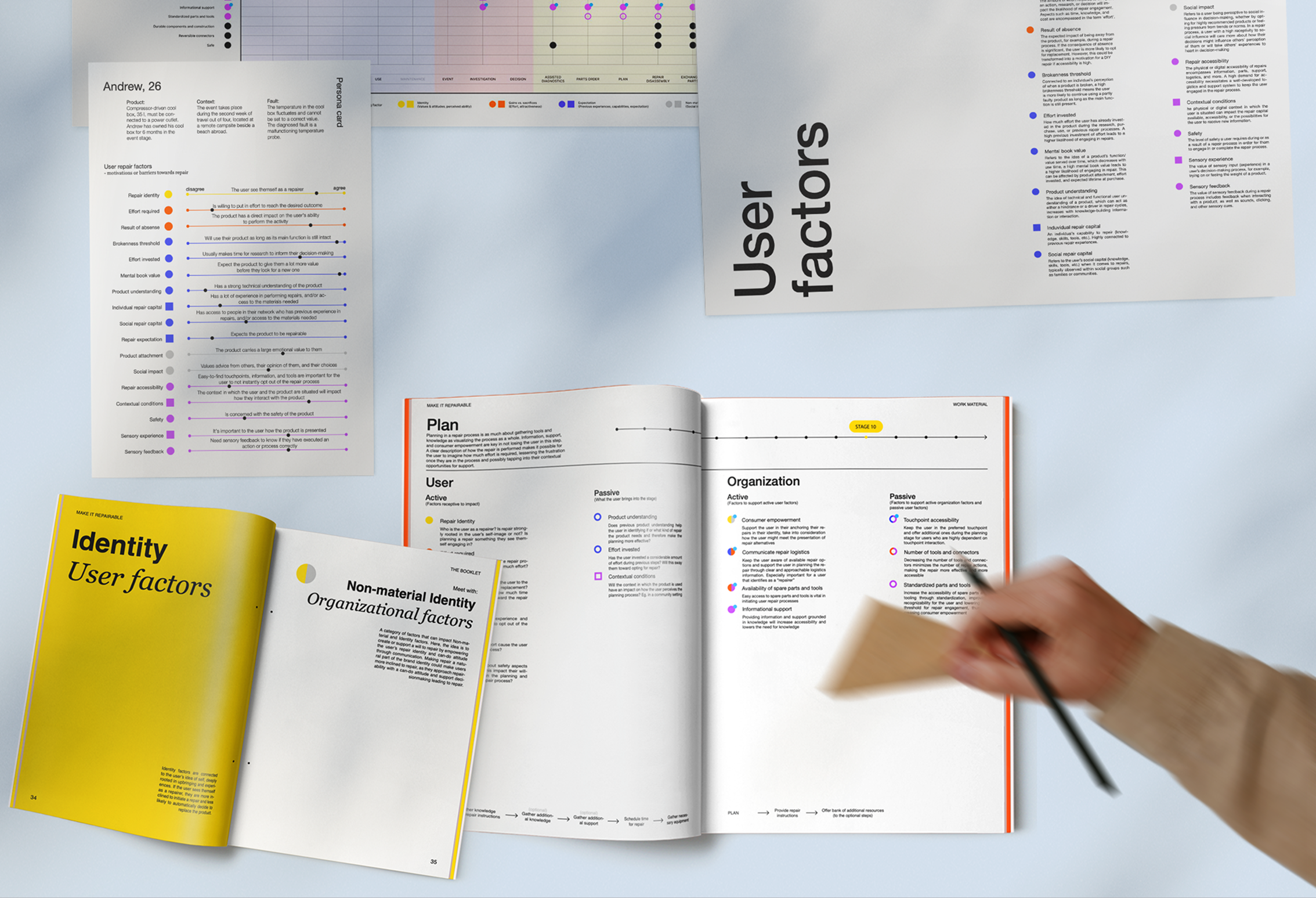
Problem and brief
We developed a comprehensive framework that integrates 17 key user factors, categorized into Identity, Gains vs. Sacrifice, Expectation, Non-material, and Material, with corresponding organizational solutions. This framework is anchored in a 13-stage user journey, divided into Predisposition, Event, and Repair phases, to guide design decisions, service solutions, and organizational strategies for enhanced product repairability.
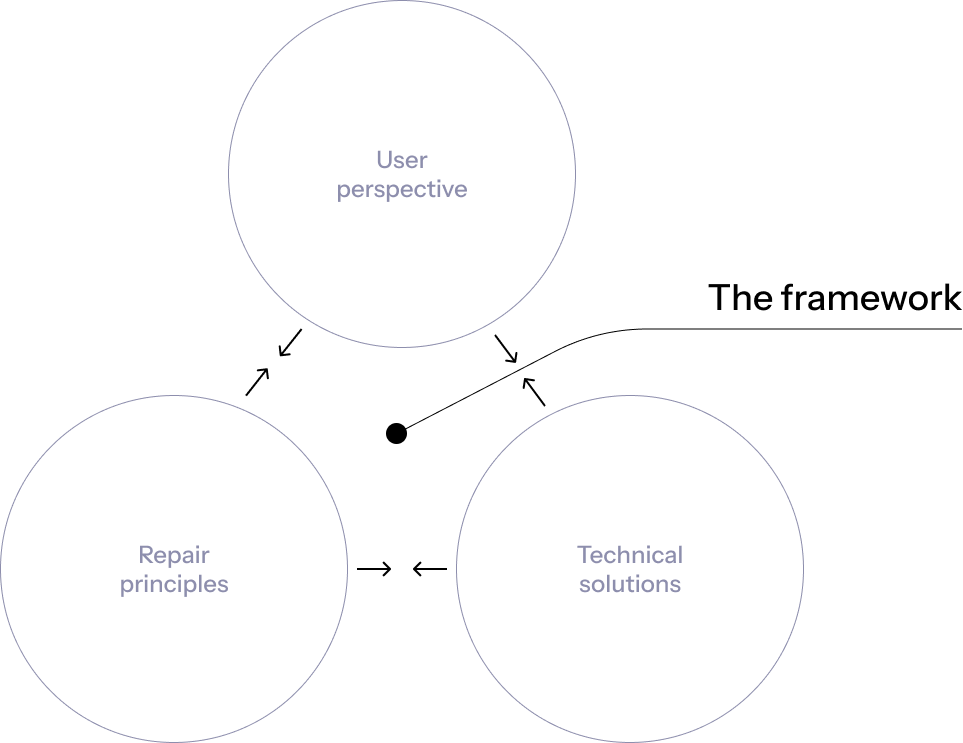
A framework making repairs accessible for teams across industries. All based on one user & product journey.
This framework covers new ground by exploring a combined user and product journey in one – It combines existing methods for product design, service design, and knowledge on user attitudes toward repair, and connects user needs with the appropriate support at each stage of the journey.
What’s included
The client Dometic and their user group.
We partnered with Dometic, a leading outdoor product manufacturer, to explore enhancing product repairability and circularity. Our research encompassed three key user groups: Dometic’s diverse B2B and B2C customers across five product categories, internal Dometic teams (Product Design, Operations, Sales), and our consultancy partner, Knightec.
What is so challenging about designing for repair today?
The pre-study and literature study were conducted on 65+ written works touching on the areas relevant for repairability. This includes behaviour psychology, circular design, product architecture, design methodologies and much more.
These are the main challenges
Complexity in Repairability – The field of repairability is highly complex, involving multiple disciplines such as product design methodologies, system and service design, behavioral psychology, and legislation. This complexity makes it challenging to develop clear, actionable strategies.
Bridging the Gap Between Principles –Technical Solutions, and User Behavior – There is a lack of a structured approach to connect repairability principles, technical solutions, and user behavior. Organizations struggle to integrate repairability into their strategies without an effective way to prioritize based on user segments and product types.
Supporting DIY and Partially Supported Repairs – Users who engage in Do-It-Yourself or semi-supported repairs require a high level of organizational support. Understanding what users truly need to successfully complete a repair remains a key challenge.
Meeting the users and understanding how repairs fit into their daily lives.
This is a major user study, guiding us through the framework design and is the foundation for the recognized exceptional findings.
We conducted a multi-method user research study to explore camping behaviors, repairability attitudes, and organizational needs with 90+ induviduals, this included:
- On-site interviews at a major camping exhibition.
- In-depth interviews exploring user behaviors and repair attitudes including the use of trigger material.
- A small-scale online survey to validate key findings.
- Expert interviews with Dometic stakeholders to understand organizational needs and strategic alignment.
To explain a super complex subject in a super concise way, these are the key findings:
The insights lead to the creation of 9 personas, the first link between identity and repairs. The personas are a major key in developing the framework. Not only are they an excellent way for Dometic to identify with their customers, but also a way for the first time, to link their identities as people and campers to their repair persona. The 9 personas are structured as a matrix based on the camping insights and described as a camping x product x repair matrix.
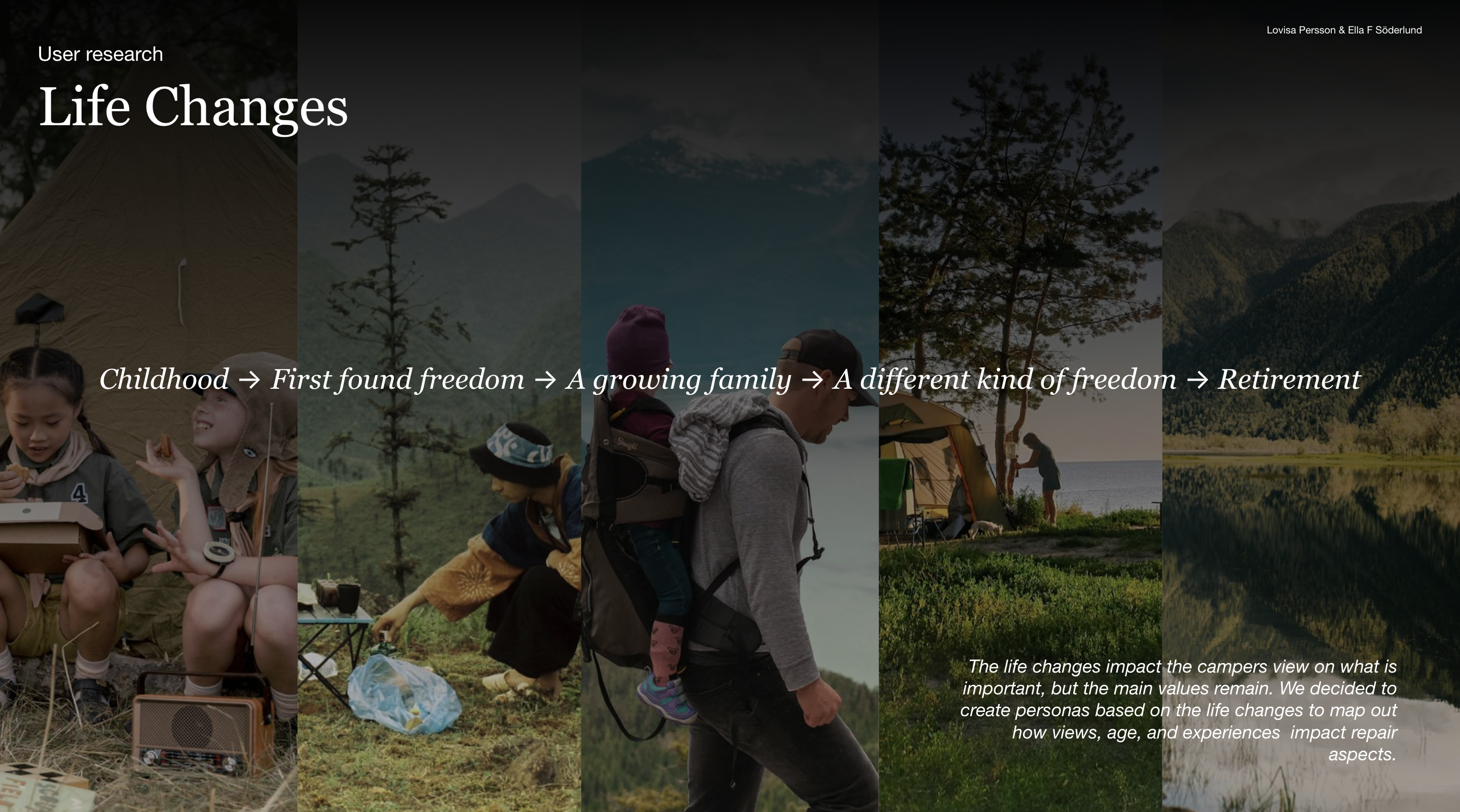
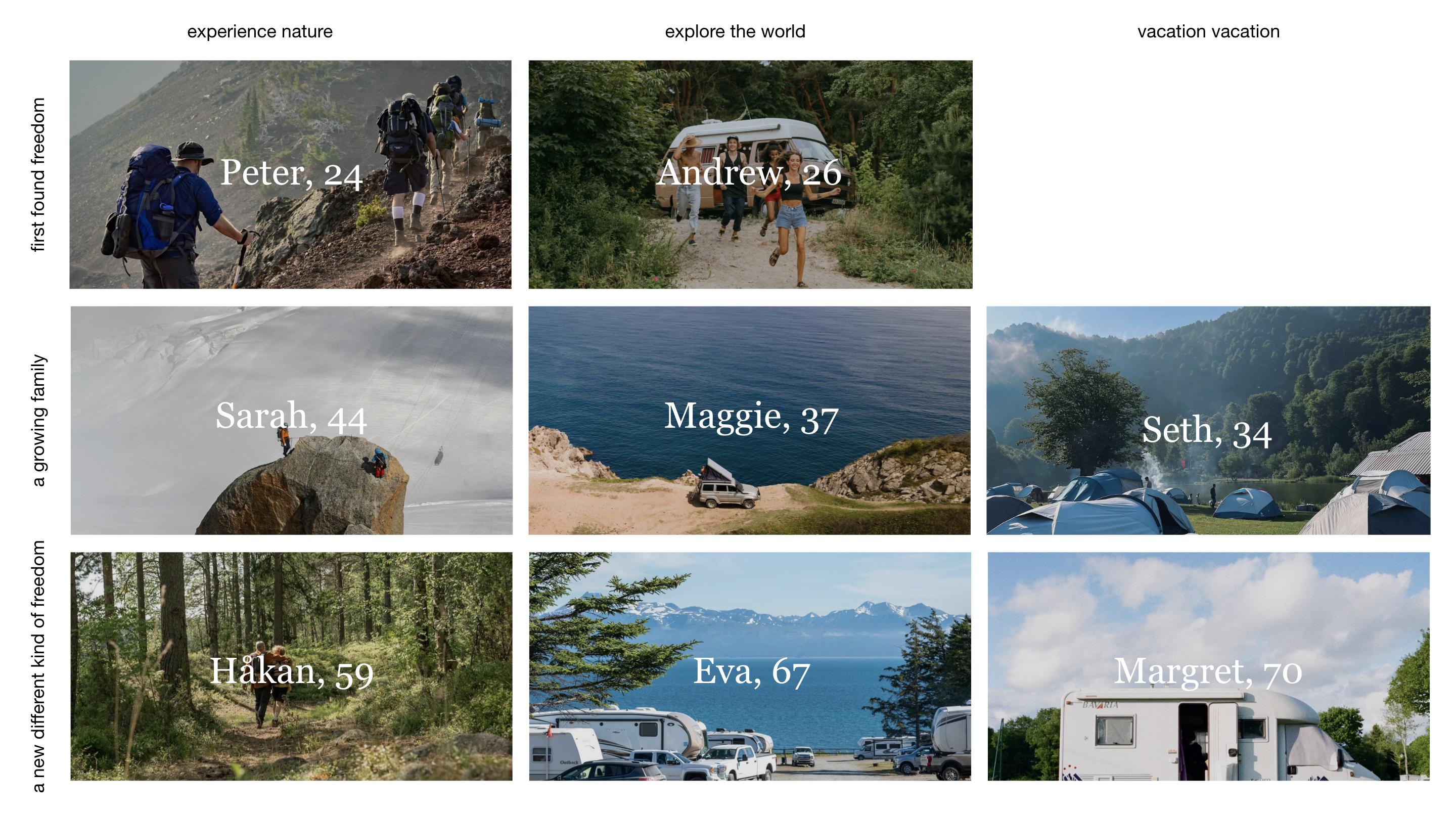
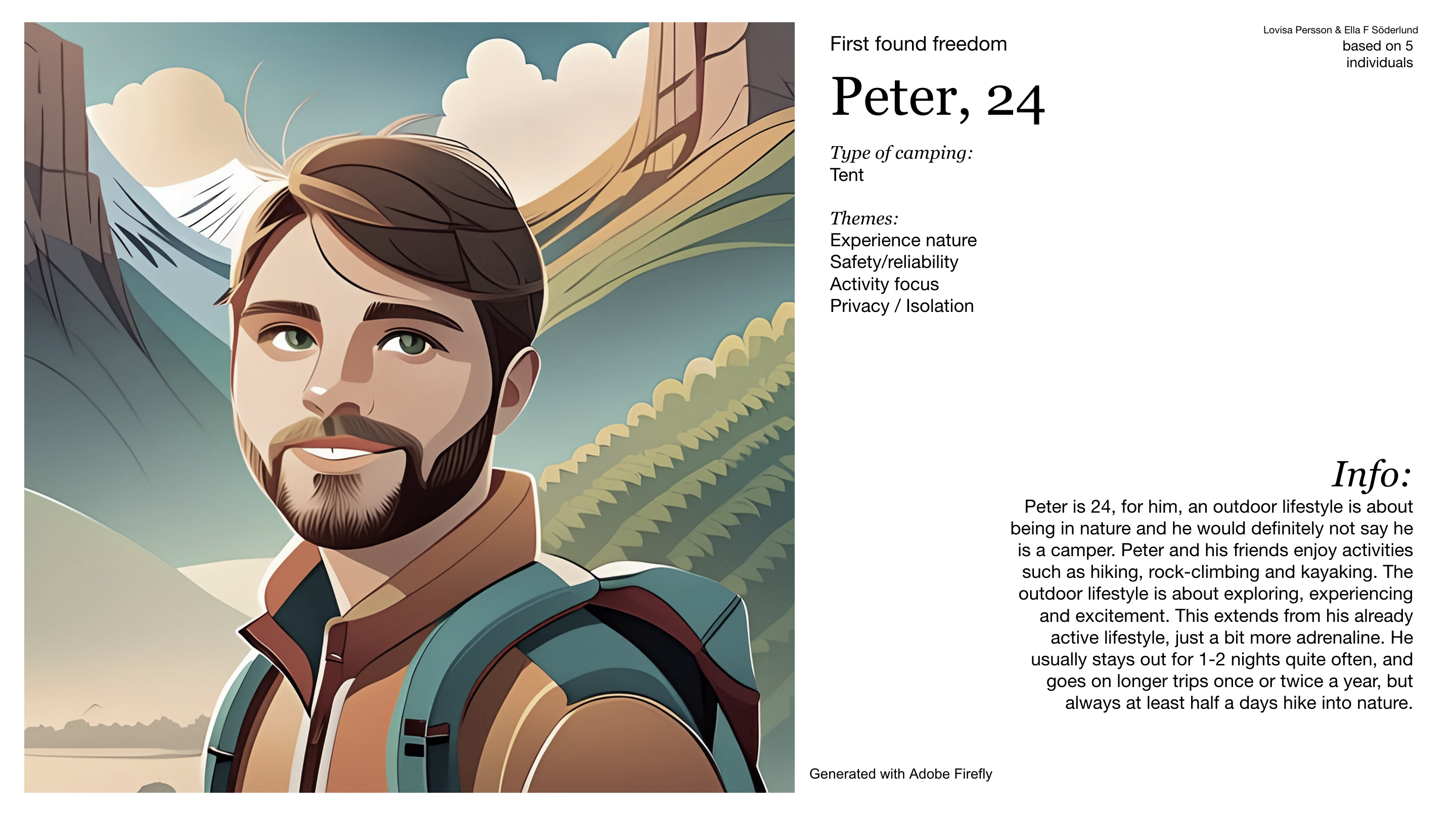
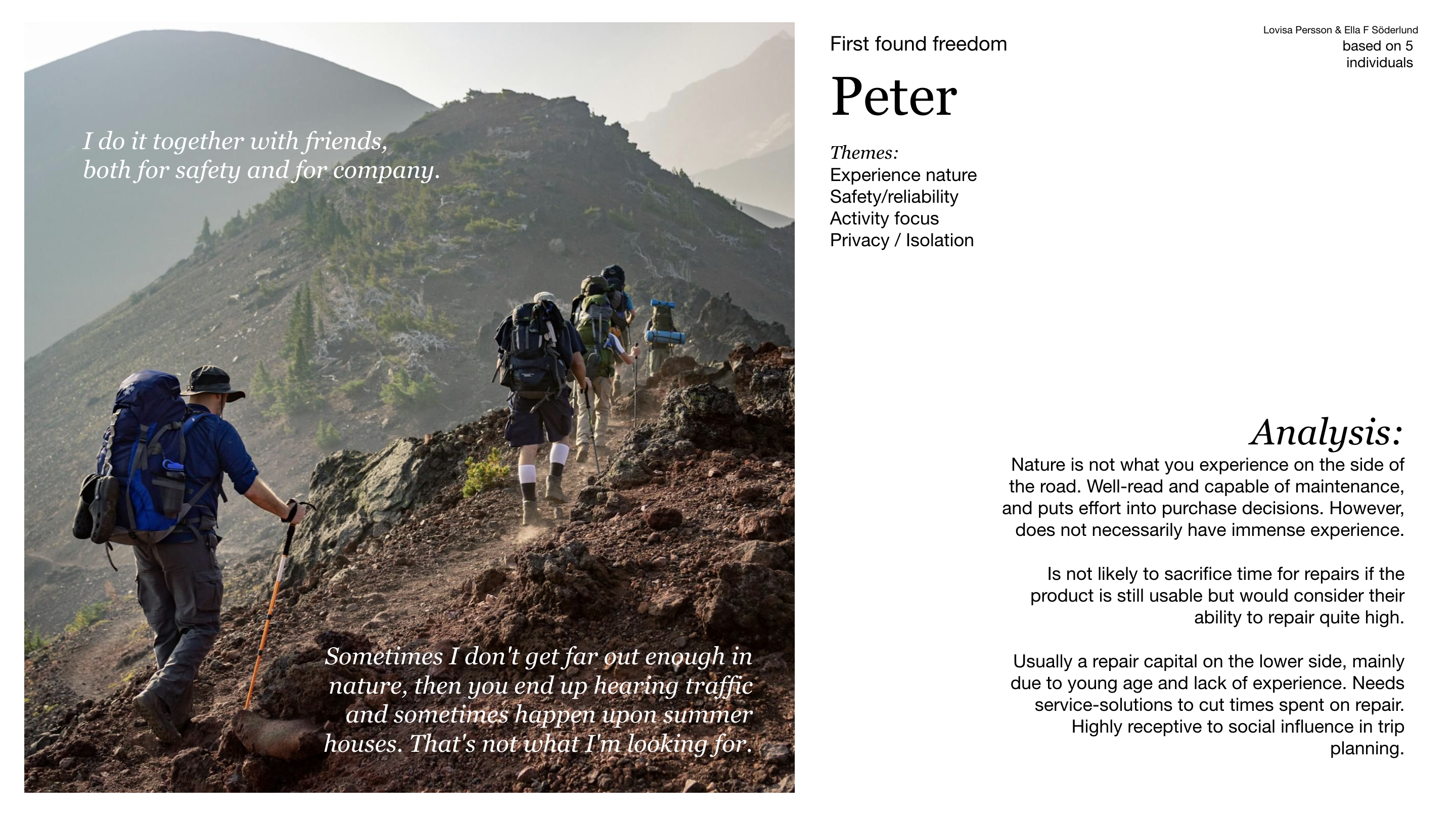
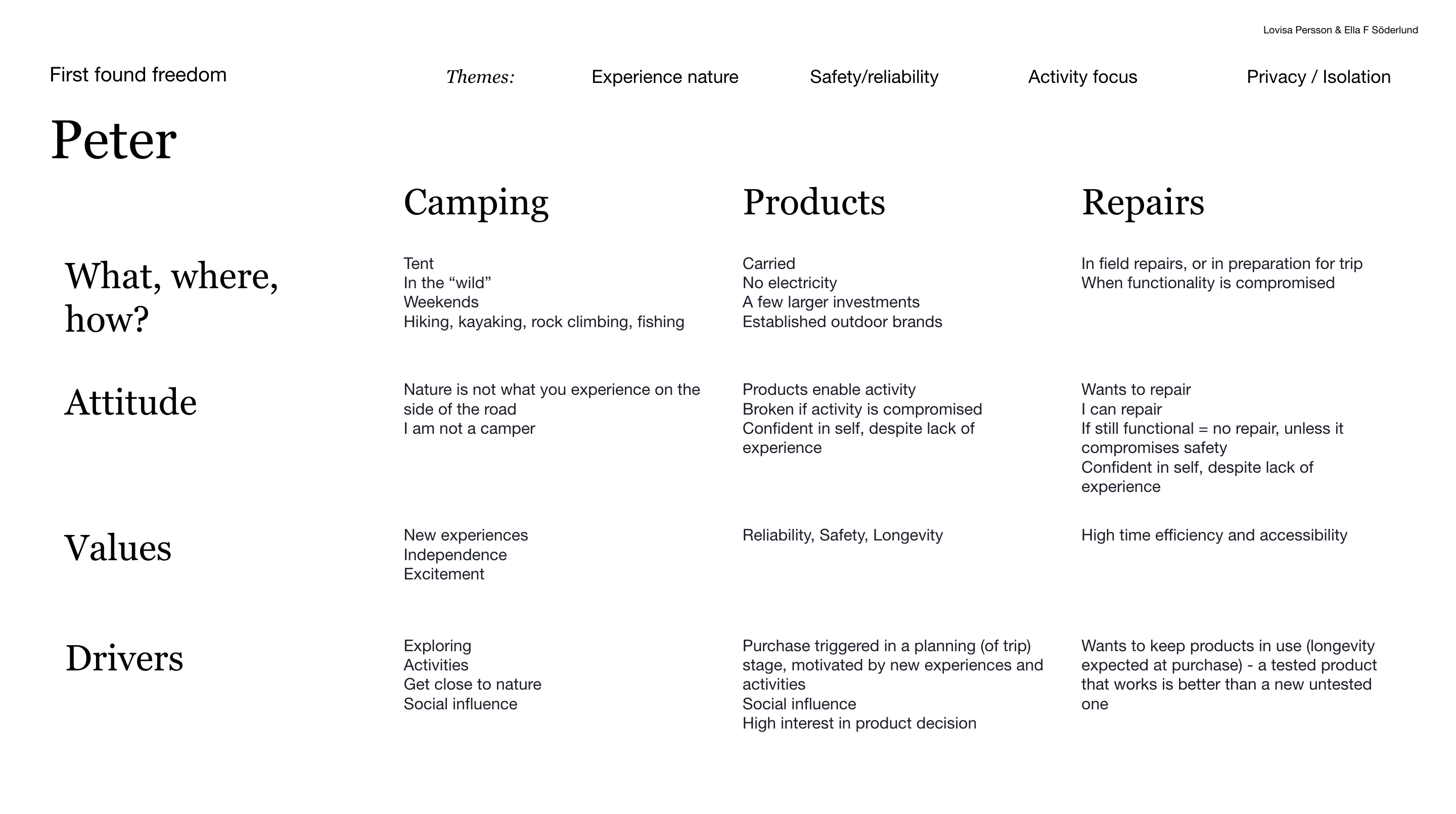
The process of designing the framework and determining the factors–The Key decisions.
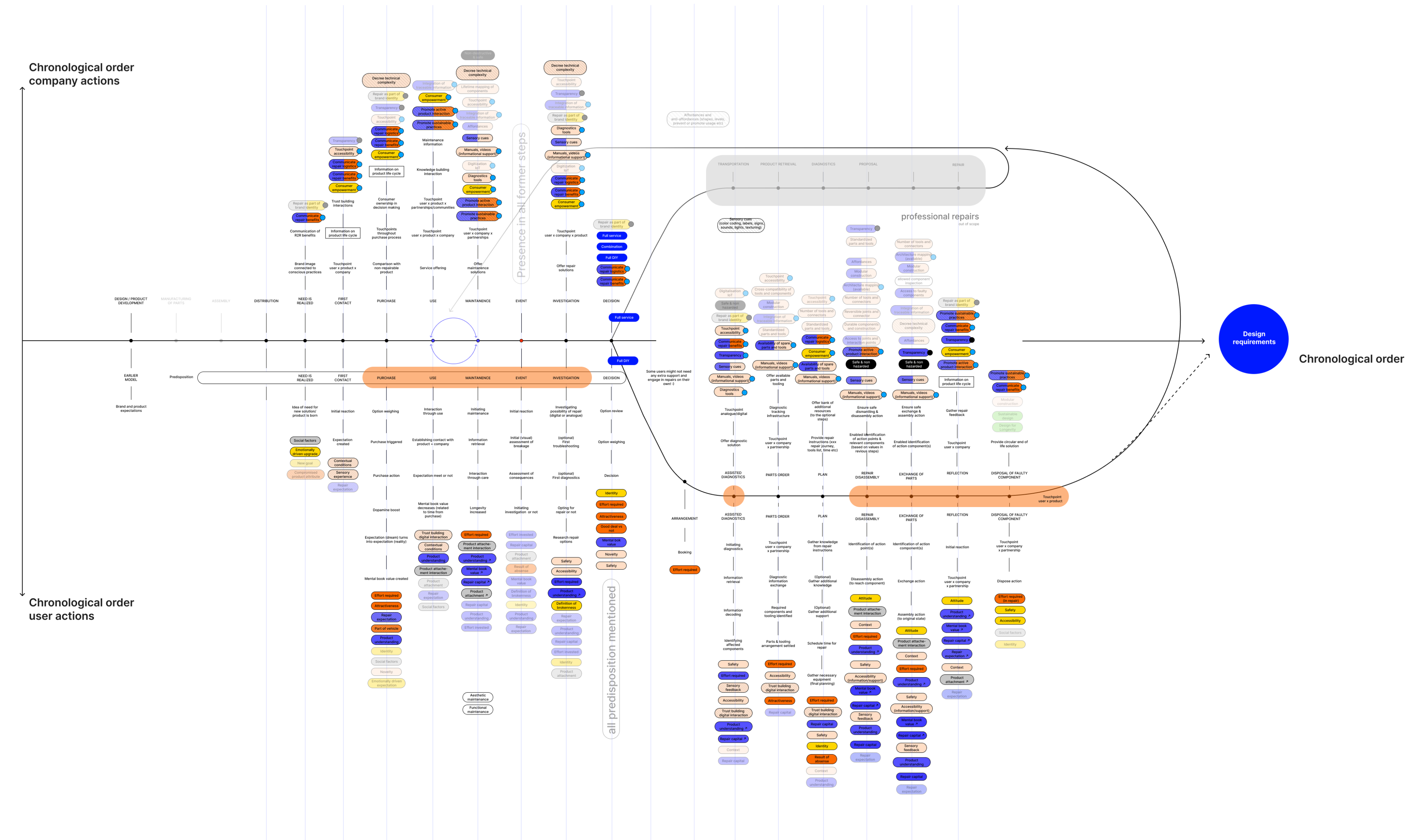
The process was highly iterative but can be summarised as a few highlights.
We employed an iterative design process, rigorously testing our framework—including user factors, journey stages, and organizational solutions—against our detailed personas and user groups. Additionally, we conducted a workshop with fellow designers to test and refine the framework, incorporating their feedback into subsequent iterations. This ensured the framework’s practical applicability, user-centricity, and design validity.





